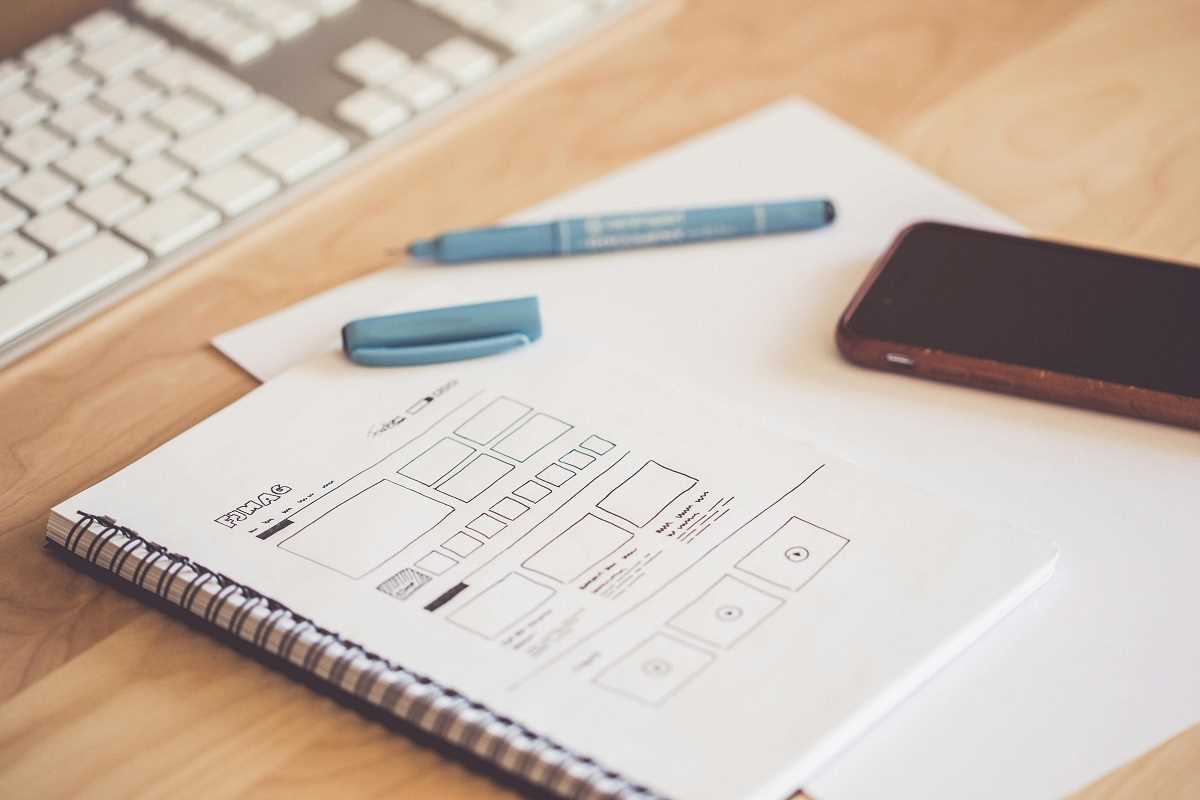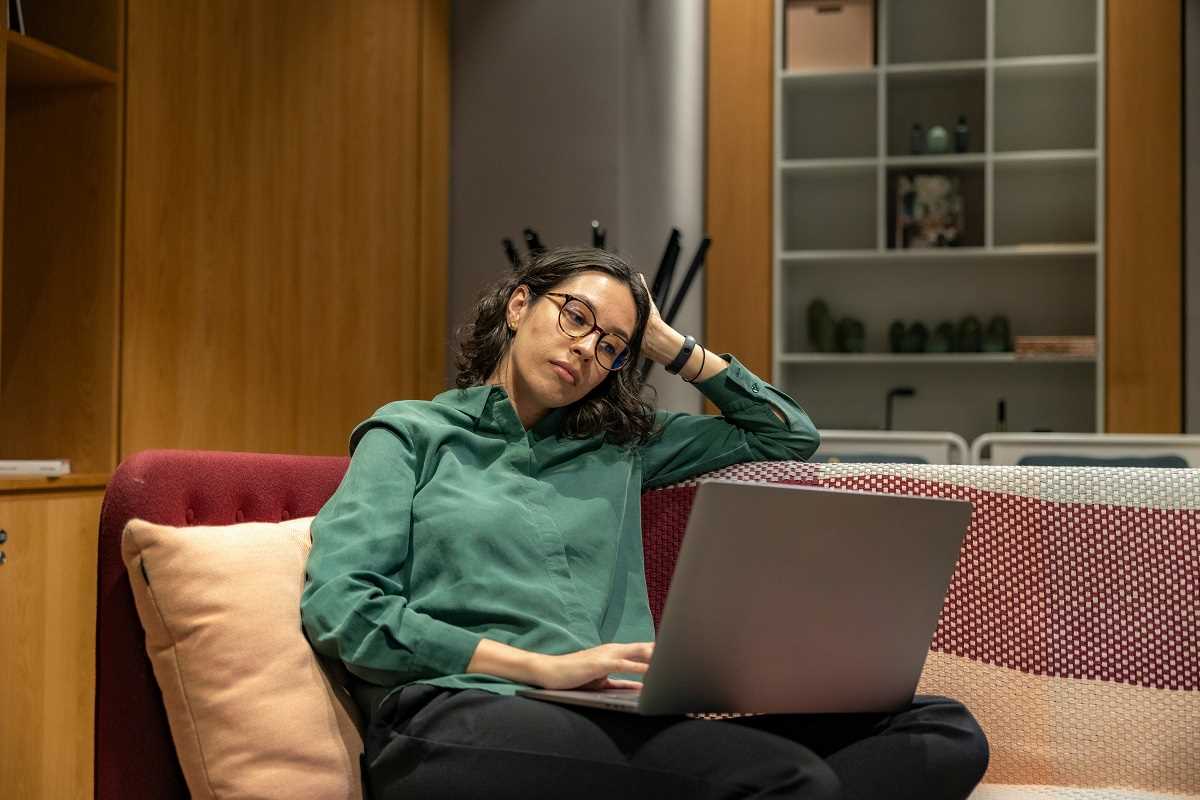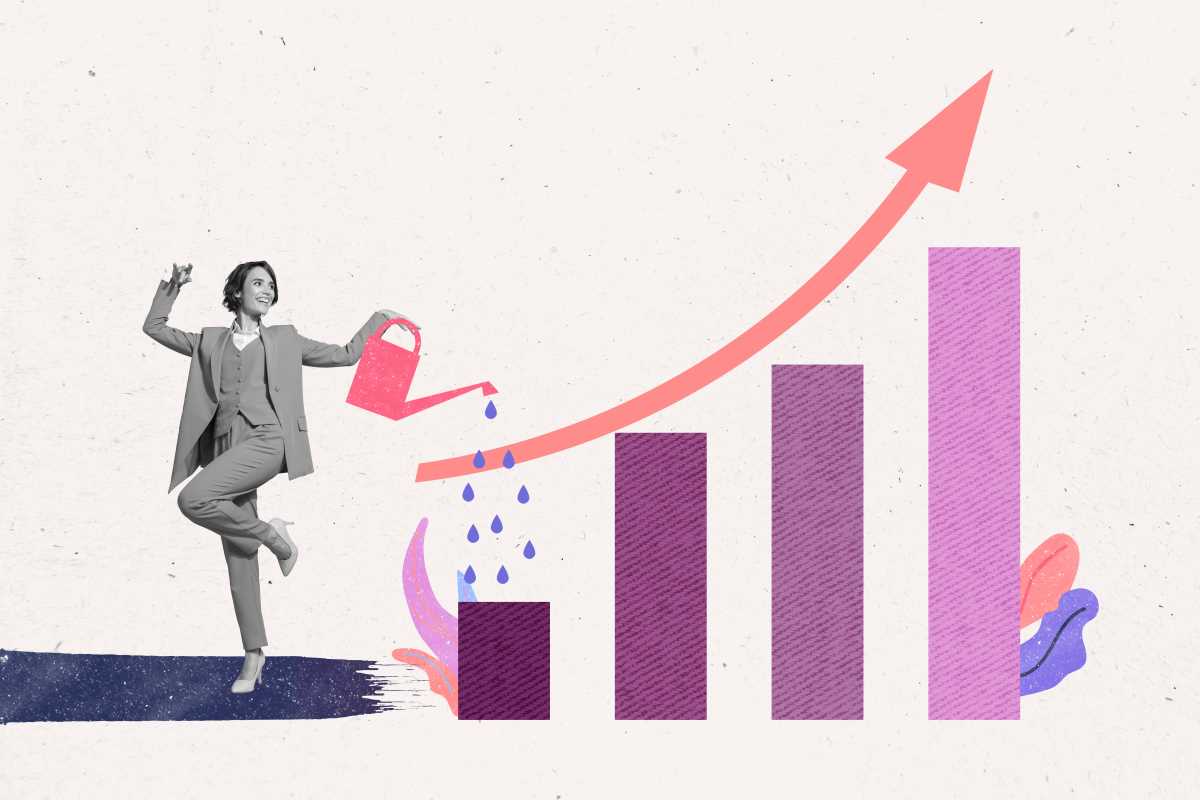The landscape of UX design is undergoing a transformation as remote work takes center stage, allowing designers to collaborate and craft user experiences from virtually any location worldwide. With more companies adopting flexible work setups, the role of remote UX designers has become more critical than ever. This evolution not only expands the horizons for designers but also requires innovative approaches to ensure creativity and productivity thrive beyond the conventional office environment. Embracing this new era of work, designers must adapt to fresh challenges and opportunities, all while delivering exceptional user experiences from wherever they call their workspace.
Understanding Remote UX Design
Remote UX design involves crafting user experiences without the need for a centralized workspace. Designers work from various locations, using digital tools to communicate and collaborate with their teams. This setup allows for greater flexibility and access to a diverse pool of talent, enabling designers to bring fresh perspectives to projects. It also requires a strong foundation in virtual collaboration and self-management to ensure that the design process remains cohesive and efficient.
In a remote environment, UX designers navigate unique dynamics, such as asynchronous communication and the absence of face-to-face interactions. This means adapting traditional design workflows to fit a virtual context, ensuring that feedback loops are maintained and that all team members align on project goals. The ability to integrate seamlessly into a remote team is essential for producing high-quality user experiences that meet both client and user needs.
Challenges and Opportunities
- Communication barriers due to lack of in-person interactions
- Difficulty in building and maintaining team cohesion
- Time zone differences impacting collaboration
- Potential for feelings of isolation and decreased motivation
- Access to a broader, global talent pool
- Increased flexibility in work schedules and environments
- Opportunity to implement diverse perspectives in design solutions
Essential Skills and Tools
- Strong Communication Skills: Clearly articulating ideas and feedback in a virtual setting.
- Time Management: Balancing multiple projects and deadlines without direct supervision.
- Proficiency with Design Tools: Mastery of tools like Figma, Sketch, or Adobe XD to create and share designs effectively.
- Collaboration Platforms: Familiarity with platforms such as Slack, Zoom, and Asana to facilitate teamwork and project management.
- Adaptability: Adjusting to new processes and technologies as the remote work landscape evolves.
- User-Centered Mindset: Keeping the focus on user needs and behaviors to guide design decisions.
- Self-Motivation: Maintaining productivity and engagement without the structure of an office environment.
Keys to Success
To excel as a remote UX designer, establishing a productive work routine and creating a dedicated workspace that minimizes distractions proves important. Regularly scheduled check-ins with your team can help maintain alignment and build a sense of community. Utilizing collaborative design tools ensures that everyone stays on the same page, while clear documentation of design decisions aids in transparency and future reference.
Embracing the fast-changing landscape of remote work requires continuous learning and adaptation. Staying updated with the latest design trends and technological advancements keeps your skills relevant and enhances your ability to innovate. Seeking feedback and being open to constructive criticism can significantly improve your design outcomes and professional growth.
Technological Advancements
Advancements in technology profoundly impact UX design, especially in a remote context. Emerging tools like AI-driven design assistants and virtual reality platforms expand the possibilities for creating immersive and personalized user experiences. These technologies enable designers to prototype and test ideas more efficiently, offering deeper insights into user behavior and preferences.
Cloud-based collaboration tools revolutionize how remote teams work together, allowing for real-time updates and seamless sharing of design assets. Additionally, advancements in remote usability testing and analytics provide valuable data that can inform design decisions and improve overall user satisfaction. Staying aware of these technological trends ensures that remote UX designers can utilize the best tools available to create innovative and effective designs.
Remote UX design unlocks global collaboration and flexibility, and by mastering digital tools, communication, and self-management, designers can create exceptional user experiences from anywhere in the world.
 (Image via
(Image via





